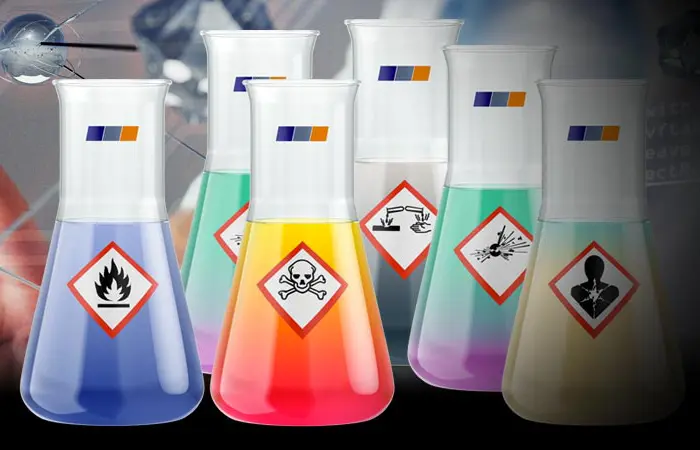Important WHMIS Update: Upcoming Deadline for SDS and Label Compliance
Canadian businesses handling hazardous products, take note! The clock is ticking towards a crucial deadline for compliance with the WHMIS 2015 update. Significant amendments have been made to the Hazardous Products Regulations 2015 (HPR 2015) to align with the 7th and 8th revised edition of the Globally Harmonized System (GHS), and the final date for updating your Safety Data Sheets (SDS) and labels is fast approaching: December 14, 2025. Ignoring this WHMIS compliance deadline December 14, 2025, could lead to notices of non-compliance and potential fines or even disruptions to your activities.
Understanding the WHMIS 2015 transition period is vital for a smooth and effective implementation. While the amendments came into force in December 2022, a three-year transition period was granted to allow businesses sufficient time to adapt to the new requirements. However, with the final deadline now less than a year away, proactive steps are essential to ensure full compliance. Don't wait until the last minute to begin the necessary updates to your SDS and labels.
What is new?
One of the key aspects of the HPR update is the significant change in the classification of flammable gases and aerosols. Flammable gases category 1 has been subdivided, now including pyrophoric and chemically unstable gases under specific subcategories (1A, 1B, 1A chemically unstable A, 1A chemically unstable B, and 1A pyrophoric). Furthermore, the "Flammable aerosols" hazard class has been broadened to simply "aerosols," now encompassing a third category of non-flammable aerosols. These changes necessitate a thorough review of your product classifications to ensure accuracy under the revised regulations.
The amended Canada WHMIS regulations 2015: also introduced a new physical hazard class: "Chemicals Under Pressure," directly adopted from the 8th edition of the GHS. This new class includes three categories, requiring businesses handling such substances to understand and implement the specific classification and labelling criteria. Additionally, the classification criteria for oxidizing solids have been modified to reflect an updated testing procedure.
Aligning with the GHS 7th edition, amended WHMIS 2015 also brings changes to the mandatory information required in Section 9 of your SDS. Notably, colour, flammability, and particle characteristics are now mandatory fields, while odour threshold and rate of evaporation are no longer required. These seemingly minor alterations necessitate a careful review and update of all your SDS documents to ensure they meet the latest standards outlined in the HPR amendments.
Proactive engagement with these HPR amendments and the WHMIS 2015 update is not just about avoiding penalties; it's about ensuring the safety of your workers and maintaining a compliant and efficient workplace. Now is the time to review your current SDS and labels, understand the implications of the updated WHMIS hazard classes, and begin the process of updating your documentation well in advance of the WHMIS compliance deadline December 14, 2025. Don't let your business be caught unprepared. Seek expert guidance if needed to navigate these crucial regulatory changes.
Frequently asked questions
What is the primary reason for the recent updates to the WHMIS regulations in Canada?
The Hazardous Products Regulations 2015 (HPR 2015) have undergone substantial changes to align with the 7th and 8th revised editions of the Globally Harmonized System (GHS). These changes enable Canada to meet its international commitment to maintain harmonization with the GHS.
What is the final deadline for suppliers to ensure their Safety Data Sheets (SDSs) and labels are fully compliant with the new WHMIS amendments?
Although the changes came into force in December 2022, companies were given a three-year transition period to adapt to the new standards. Consequently, the deadline is December 14, 2025.
What key changes have been made to the requirements for Section 9 (Physical and chemical properties) on an SDS?
Several fields in section 9 have been modified. Appearance has been changed to physical state and color. Olfactory threshold and evaporation rate have been deleted. Flammability has been changed to include liquids, and viscosity has been clarified as kinematic. The particle characteristics field has been added. The 19 properties listed in section 9 are mandatory fields and must all appear on the SDS.

Design + hébergement : VisionW3.com



